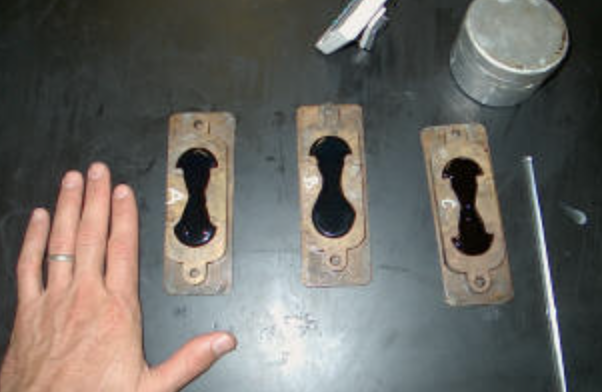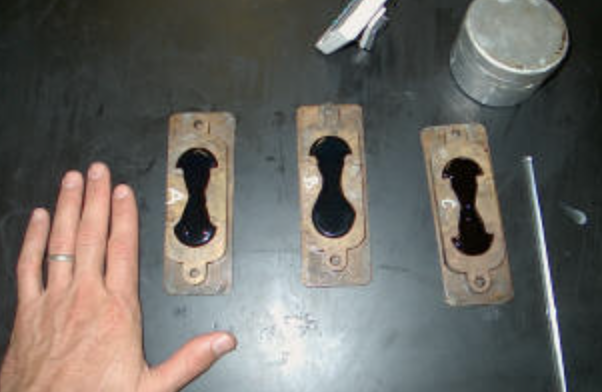What is Ductility Testing?
Ductility testing tells us how much a material can stretch or deform without breaking. It’s one of the most important ways to figure out how flexible and durable a material really is—especially under pressure, tension, or bending. Whether we’re building a bridge, laying asphalt, or designing a smartphone case, ductility plays a huge role in performance and safety.
Why Is Ductility Important in Material Selection?
Ductility is all about how well a material bends without breaking1. A ductile material can absorb energy, stretch, and twist—making it ideal for products that face impact or shifting loads.
Here’s why ductility matters:
- Prevents sudden failure: Ductile materials give warning before breaking.
- Improves safety: Especially in buildings, vehicles, and pipelines.
- Increases formability: Easier to shape, mold, or weld without cracking.
- Enhances durability: Materials deform under stress instead of snapping.
| Material | Typical Ductility | Common Use |
|---|---|---|
| Mild Steel | High | Structural beams, frames |
| Aluminum Alloys | Medium | Aircraft, packaging |
| Cast Iron | Very Low | Engine blocks, heavy parts |
| Asphalt Binder | High (at specific temps) | Road surfaces |
Ductility is especially critical in seismic zones, high-impact environments, or flexible design applications.

Common Methods for Performing Ductility Tests
Several tests help measure a material’s ductility. The right test depends on whether you’re working with metals, polymers, or asphalt2.
Popular Ductility Tests:
- Tensile Test3: A sample is pulled until it breaks. Measures elongation and reduction in area.
- Bend Test: Checks how far a material can bend without cracking.
- Charpy/Izod Impact Test4: Evaluates how much energy a material can absorb when fractured.
- Ductility Test for Asphalt: Measures how far asphalt stretches before breaking at a set speed and temperature.
| Test Type | Material | What It Measures |
|---|---|---|
| Tensile Test | Metals, Plastics | % Elongation, Area Reduction |
| Bend Test | Sheet Metals | Crack resistance during bending |
| Asphalt Ductility Test | Asphalt Binders | Stretch length before break (cm) |
| Impact Test (Charpy) | Structural Metals | Energy absorbed on fracture (Joules) |
Each method gives a different view of how flexible and tough the material really is.

Key Standards for Ductility Testing in Metals and Asphalt
To make sure results are consistent and reliable, ductility testing follows international standards. These help manufacturers, engineers, and labs speak the same language.
Common Standards:
| Standard | Test Type | Industry Use |
|---|---|---|
| ASTM E8 / E8M | Tensile Test (Metals) | Construction, aerospace, auto |
| ISO 6892-1 | Tensile Testing (Metals) | International metal manufacturing |
| ASTM D113 | Asphalt Ductility Test | Road and highway construction |
| EN 10002 | Tensile Testing (Europe) | European industrial applications |
These standards define sample sizes, test speeds, temperatures, and more—so results are fair and comparable.

How Ductility Affects Structural and Product Design
Designers and engineers rely on ductility data to decide how materials will perform in the real world5. Whether it’s a bridge joint, car bumper, or packaging film, the right ductility makes the difference between flexibility and failure6.
How Ductility Impacts Design:
- Structural Safety: Ductile materials deform under stress, giving time to fix problems.
- Crashworthiness: In vehicles, high ductility absorbs impact energy.
- Thermal Expansion: In buildings and pipelines, ductile joints accommodate temperature changes.
- Manufacturing: Ductile materials can be shaped or stretched without cracking—reducing waste.
| Application | Why Ductility Matters |
|---|---|
| Bridges and Skyscrapers | Withstands wind, weight shifts, earthquakes |
| Underground Pipelines | Adapts to soil movement without rupture |
| Smartphones and Gadgets | Allows sleek, flexible designs |
| Roads and Pavements | Prevents cracking during thermal cycles |
In short, ductility testing helps ensure that materials bend, not break—keeping structures safe and products lasting longer.

Conclusion
Ductility testing plays a quiet but powerful role in modern engineering. It helps us choose the right materials, prevent costly failures, and build structures that last. Whether you’re laying asphalt or launching a spacecraft, knowing how a material stretches before it snaps can make all the difference.
-
Understanding this concept is crucial for selecting materials in engineering and design, ensuring safety and performance. ↩
-
Understanding the specific ductility tests for different materials can enhance your knowledge in material science and engineering. ↩
-
The Tensile Test is fundamental in assessing material strength and ductility; exploring this will deepen your understanding of material properties. ↩
-
The Charpy/Izod Impact Test is crucial for evaluating material toughness; learning more can inform your material selection process. ↩
-
Understanding these factors can enhance your knowledge of material science and its applications in engineering and design. ↩
-
Exploring this topic can provide insights into material selection and design safety, crucial for engineers and designers. ↩








